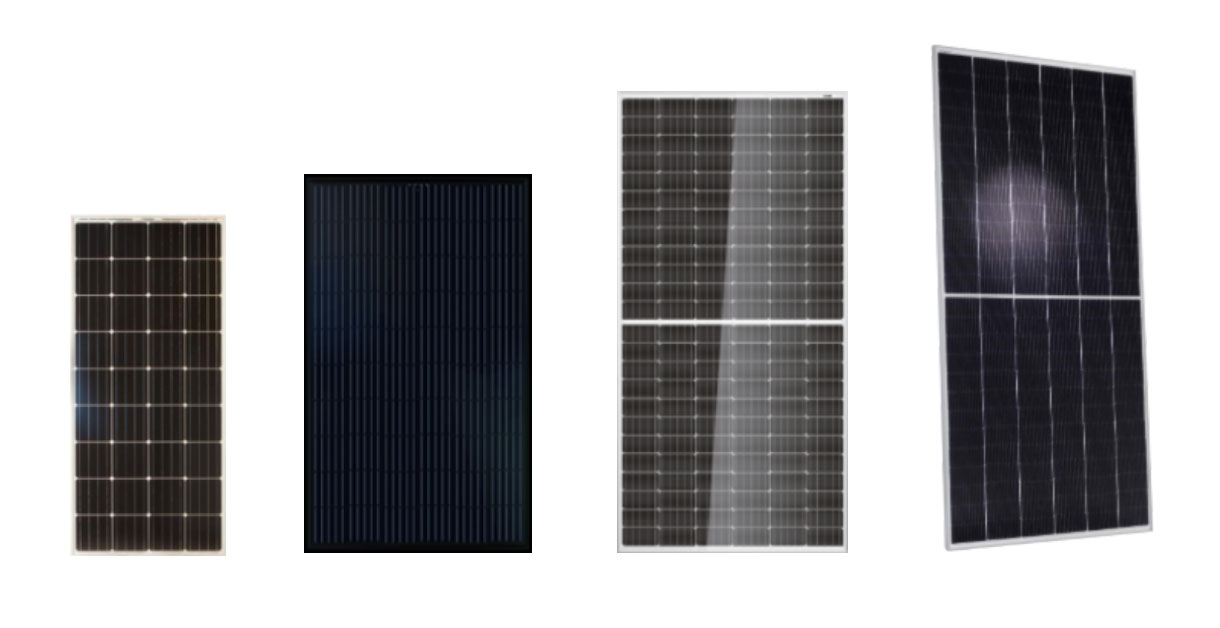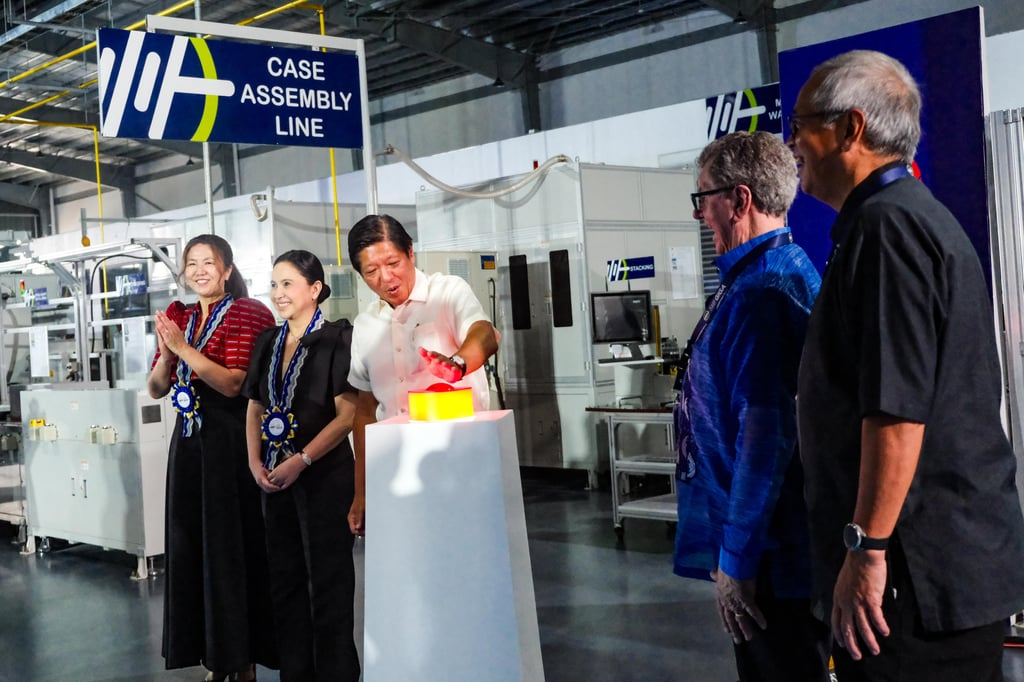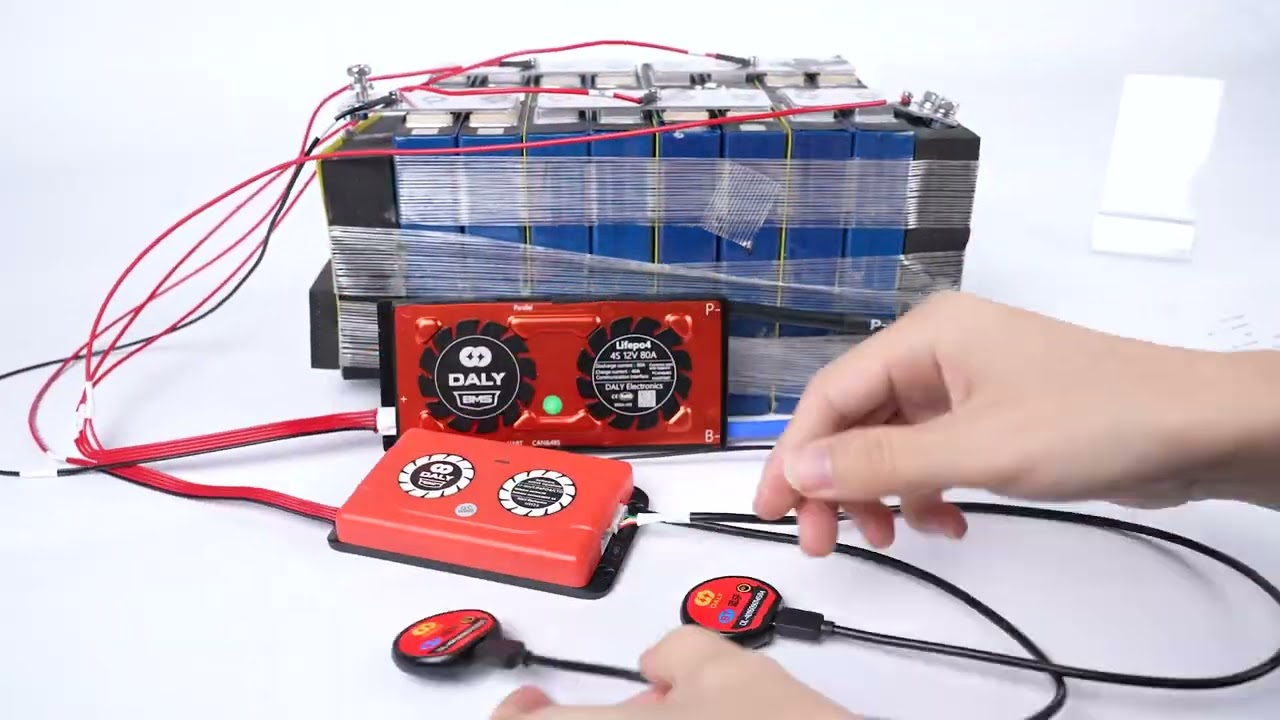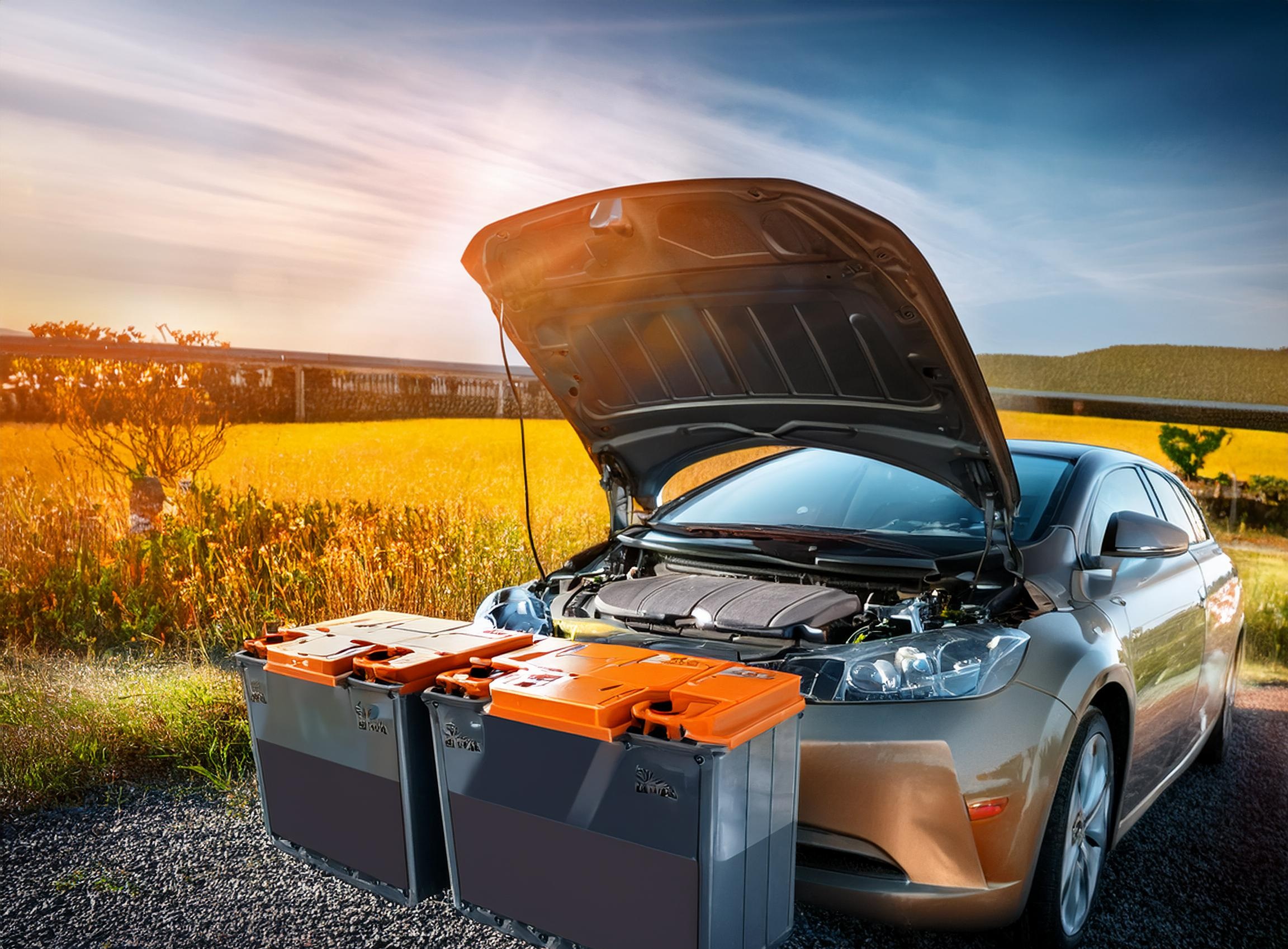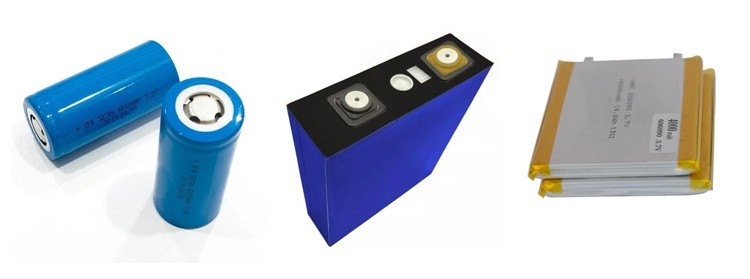Can you connect solar panels with different sizes?
Yes, you can connect solar panels of different sizes, but there are several important factors to consider to ensure the system works efficiently and doesn't damage the panels or associated components. The key differences between solar panels usually involve wattage, voltage, and current, and how they are connected (in series or parallel) will determine how well they work together.
Key Considerations for Connecting Solar Panels of Different Sizes:
1. Voltage and Current Matching:
- Voltage Mismatch: If the panels have different voltages, it may cause inefficiencies or even damage some panels, depending on how they are connected (series vs. parallel). It's important to check the Voc (open circuit voltage) and Vmp (maximum power voltage) ratings of the panels.
- Current Mismatch: If the panels have different current ratings, there can be limitations on how effectively they will perform, especially when connected in parallel.
2. Connecting in Series:
- Series Connection: When solar panels are connected in series, the voltages of the panels are added together while the current remains the same.
- Issue with Different Sizes: If panels have different current ratings, the system will pull current based on the lowest-performing panel, reducing the efficiency of higher current panels.
- Use Case: If the voltage differences are not large (within 10-20%), you might still get reasonable performance, but overall, this setup can lead to a less efficient system.
Example 1:
- 100W panel (18V, 5.5A) in series with a 200W panel (36V, 5.5A) would result in 54V and 5.5A output(297W), meaning both panels will function together.
- 100W panel (18V, 5.5A) in series with a 200W panel (18V, 11A) would result in 36V and 5.5A output(198W), the total output power is not fully optimized because the current of the bigger panel is being pulled down by the smaller solar panel.
3. Connecting in Parallel:
- Parallel Connection: When connected in parallel, the voltages of the panels stay the same, but the currents are added together.
- Issue with Different Sizes: If you connect panels with different Vmp ratings in series, the system will operate at the voltage of the lowest panel, which can significantly reduce the efficiency of the higher voltage panel.
- Bypass Diodes: Panels often come with built-in bypass diodes, which can help avoid issues with shading or mismatch between panels, but this only prevents damage, not loss of efficiency.
Example 1:
- 100W panel (18V, 5.5A) in parallel with a 200W panel (18V, 11A) would give an output of 18V and 16.5A (297W), which is generally acceptable because the voltage is the same. But the charge controller must be able to handle the combined current.
Example 2:
- 100W panel (18V, 5.5A) in parallel with a 200W panel (36V, 5.5A) would give an output of 18V and 11A (198W), which has a lower efficiency, we can only harvest 198W while wasting the extra 100W because the smaller panel is pulling down the voltage of the bigger panel.
4. Using a Maximum Power Point Tracking (MPPT) Charge Controller:
- MPPT Controllers are great for handling mismatched solar panels. An MPPT controller adjusts the system to ensure that panels with different sizes (voltages and currents) can still work efficiently together.
- MPPT controllers maximize the power output by tracking the optimal voltage and current point of the solar array, even if the panels are mismatched.
5. Mixed Size Panels and System Efficiency:
- Efficiency Loss: When mixing panels of different sizes, especially without using an MPPT charge controller, the system tends to operate at the level of the weakest panel (the panel with the lowest voltage or current). This results in efficiency loss.
- Power Mismatch: Larger panels may not be fully utilized, and their extra capacity may go unused because the system adjusts to the lower-rated panel.
6. Using Separate Charge Controllers:
- Separate Controllers for Different Arrays: In larger systems, it's often more efficient to use two different charge controllers for two sets of mismatched panels. This way, each controller can manage a set of panels that have similar voltage/current characteristics.
- This method allows for maximum efficiency for both sets of panels.
Best Practices When Connecting Panels of Different Sizes:
- Match Voltages: Whenever possible, ensure the panels have similar Vmp (maximum power voltage) ratings if you plan to connect them in series. If connecting in parallel, try to ensure the Voc (open circuit voltage) is similar.
- Use MPPT Charge Controllers: An MPPT controller is highly recommended when using panels of different sizes, as it can optimize the performance of mismatched panels.
- Check Charge Controller Ratings: Ensure your charge controller can handle the combined voltage (in series) or current (in parallel) of your mismatched panels.
- Consider Using Separate Charge Controllers: If the difference between panels is significant, consider using separate charge controllers for each set of panels to avoid efficiency loss.
- Watch for Shading Issues: Panels of different sizes are more prone to efficiency loss if one panel is shaded while the other is not, especially if they are connected in series.
Conclusion:
You can connect solar panels of different sizes, but doing so efficiently requires attention to the type of connection (series or parallel), the voltage and current ratings of each panel, and the use of an MPPT charge controller or separate controllers. To maximize performance, try to match panels with similar voltage characteristics and use appropriate equipment to manage differences in current.

